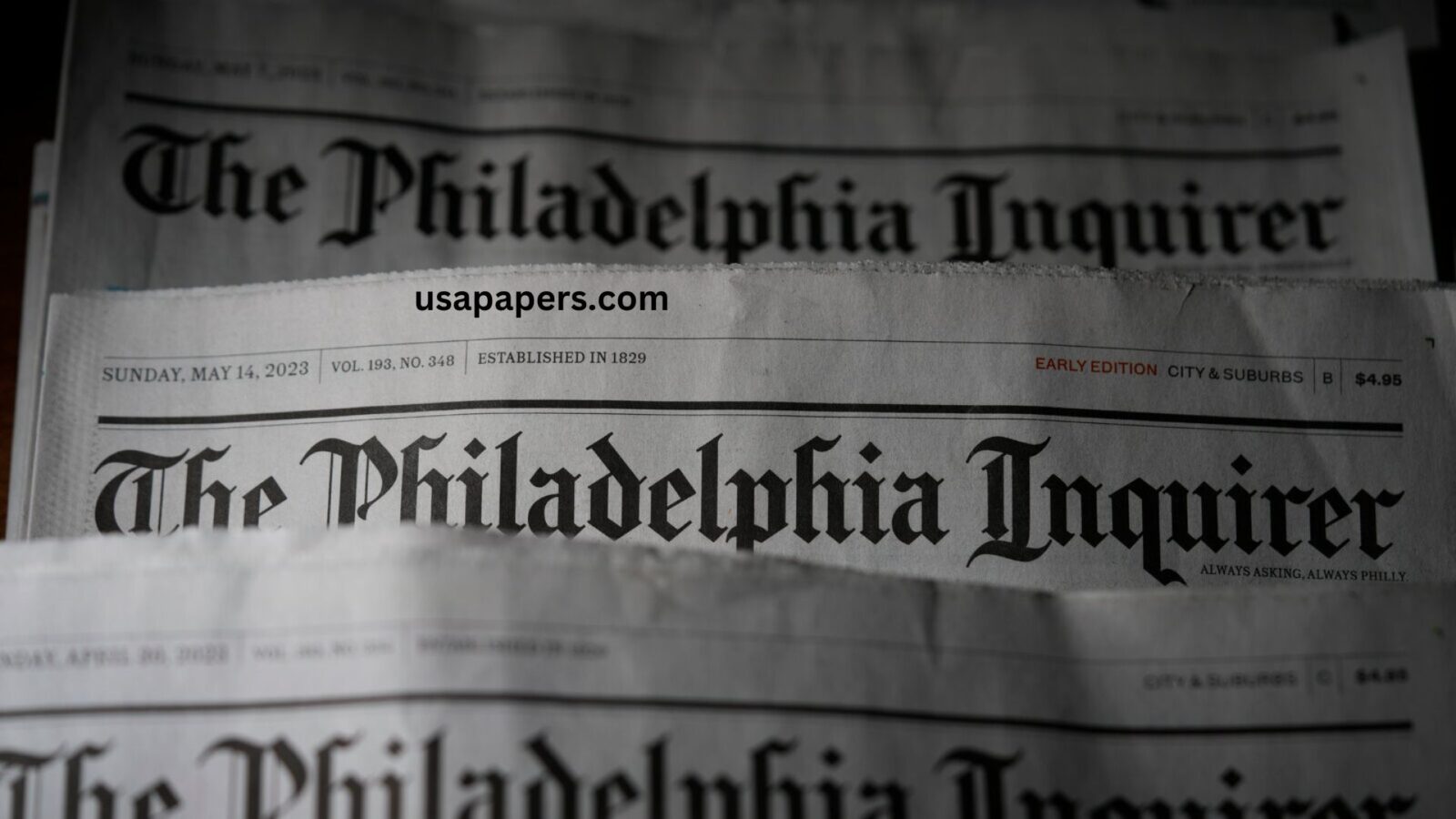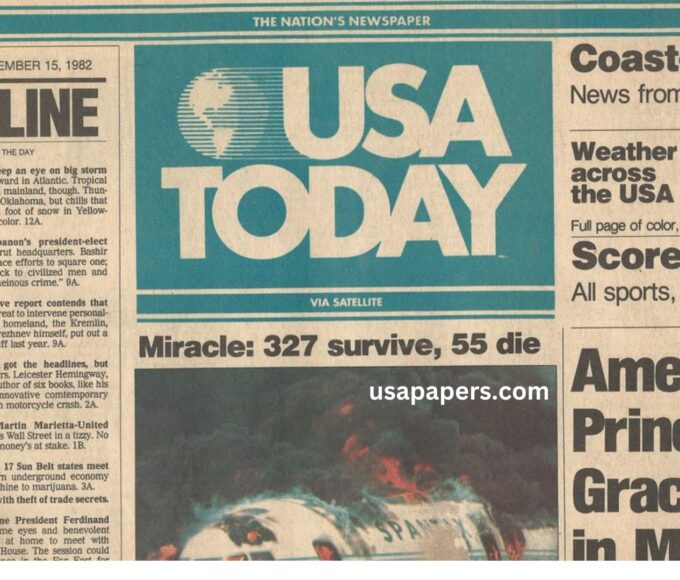The Philadelphia Inquirer is the nation’s oldest continuously published daily newspaper. Its newsroom has expanded to include bureaus in cities around the world.
When publisher Jesper Harding called it quits and his son William took over, he made some changes to the old-fashioned business practices of the day. He cut the single-copy price from three cents to two and began accepting classified ads.
The Inquirer’s History
In the years following World War II, The Philadelphia Inquirer won more national journalism awards than perhaps any other newspaper in the country. It was the first to win a Pulitzer Prize for public service, and it won many more Roy W. Howard Awards, Ernie Pyle Memorial Awards, University of Missouri medals, Heywood Broun Awards and George Polk awards, among others.
Jesper Harding had a gift for predicting trends, and his paper was often ahead of its time in business practices as well. He fought the high cost of newsprint by building his own mill, and he lowered single-copy prices to encourage circulation. He also created delivery routes and hired carriers to collect subscriptions, and he allowed newsboys to hawk copies on the streets.
During the Civil War, The Inquirer increased its circulation and was widely distributed to Union and Confederate troops. After the war, it had a difficult time regaining its lost prestige.
Moses Annenberg assumed ownership of The Inquirer in 1897. He promised to continue the paper’s political stance and its support of the Republican Party. But his attempt to sway editorial policy proved disastrous, and The Inquirer remained a stalwart conservative voice.
Annenberg increased staff and made technological changes, including introducing a Sunday edition. The Inquirer also moved to a new location, which was built on the ground where railroad tracks now run through downtown Philadelphia. A special engineering project was required to suspend the building above the tracks and withstand vibration from loaded freight trains.
The Inquirer’s Design
The Philadelphia Inquirer’s new look is the result of a months-long collaboration with Pentagram. Designed to improve the newspaper’s multi-platform reader experience, the design features bolder fonts and visual elements that better complement the paper’s daily journalism. With distinct nods to the Inquirer’s dynamic 193-year history, the new look is also more responsive and adaptive to readers’ multi-device use.
The redesign includes an expanded section front on A1, refreshed page templates and easy-to-navigate navigation, a custom suite of fonts, and a more dynamic use of typography. A custom set of icons has been created to support the newspaper’s editorial and storytelling processes, allowing for quick and effective communication of information.
In addition to this, the newspaper has introduced the use of color to help readers navigate and identify different sections within the paper. Each section has been assigned a unique color, for example, the business section is blue and the food section is yellow. This helps to distinguish the sections in a way that is clear and simple to understand, Hayman says.
The Inquirer’s new design was recently launched on both their website and in print. The new look is still a work in progress, and the newspaper continues to explore how technology can be used to better serve their audience. The newspaper is committed to providing the best possible journalism, and this is reflected in its new look.
The Inquirer’s Content
During its early years, The Inquirer was involved in circulation wars with other newspapers but survived by covering the city and region in depth and staying on the cutting edge of technology. It was one of the first daily papers to use a web-fed rotary press, allowing it to print on both sides of the paper at once.
The newspaper continued to evolve over the decades. Initially supportive of the Democratic Party, it shifted toward the Whig Party and then the Republican before declaring itself politically independent in the mid-20th century.
In recent years, The Inquirer has overhauled its editorial, design and operations strategies across its multiple brand platforms. The redesign includes a simplified layout process that allows designers to focus on image editing and additional storytelling forms like illustration, photo essays and maps. It also includes a suite of custom fonts that pays tribute to the newspaper’s 193-year history.
The Inquirer’s editorial team strives to inform and engage the community through a broad range of topics, including local government and politics, education, crime and the economy. Its editorial board represents a diverse group of opinion writers who work independently from the newsroom to debate matters of public interest in Philadelphia and the nation.
The Inquirer’s Impact
The Inquirer is doing a lot to make its journalism more inclusive, from creating new hiring metrics and an antiracism training program to establishing a diversity advisory council. It is also experimenting with more diverse news products and a variety of storytelling forms, including illustration, video and maps.
Nonetheless, the effort is not without its challenges. Like many local media outlets, the Inquirer struggles with budget constraints and business model pressures that prevent it from fully embracing the kind of antiracist practices that are necessary to ensure that its journalism is truly meaningful to all its communities. In addition, the IRS doesn’t tend to look kindly on local gazillionaires who single-handedly fund money-losing for-profit businesses (see The Salt Lake Tribune and Los Angeles Times).
Inquirer staff said that they have been working hard to build momentum for the work by communicating what’s already been accomplished to all staffers. However, they pointed out that it isn’t possible to reverse decades of structural racism in just a few months, and that more work needs to be done to establish a DEI framework that can be sustained long term.
Another challenge is that it’s not easy to find meaningful metrics to track the progress of the antiracist work. More BIPOC hires won’t necessarily create an antiracist workplace if those employees are still trained in the same systems and don’t learn how to deeply interrogate their own assumptions.

















Leave a comment